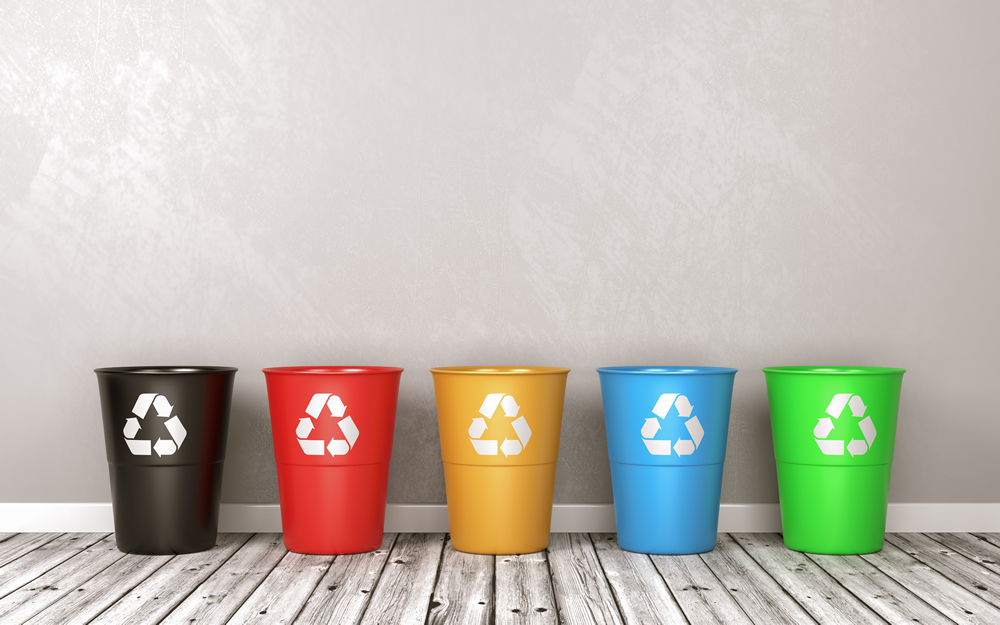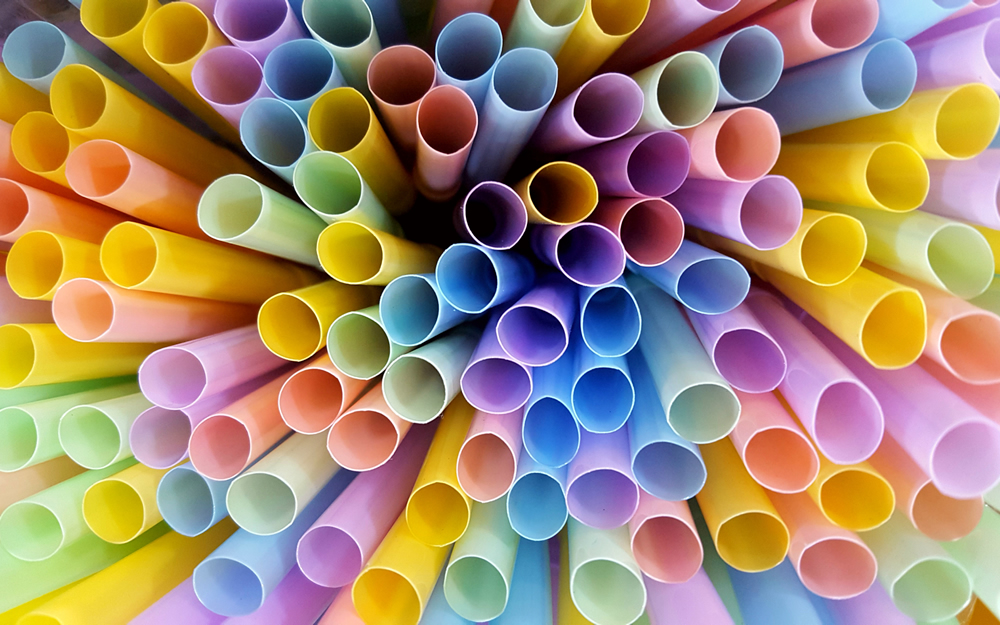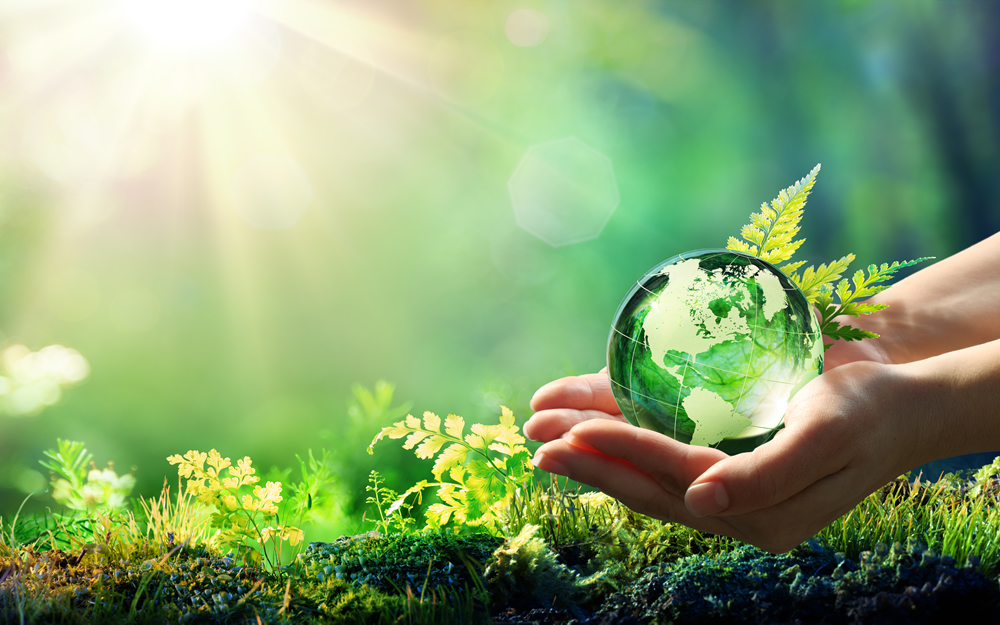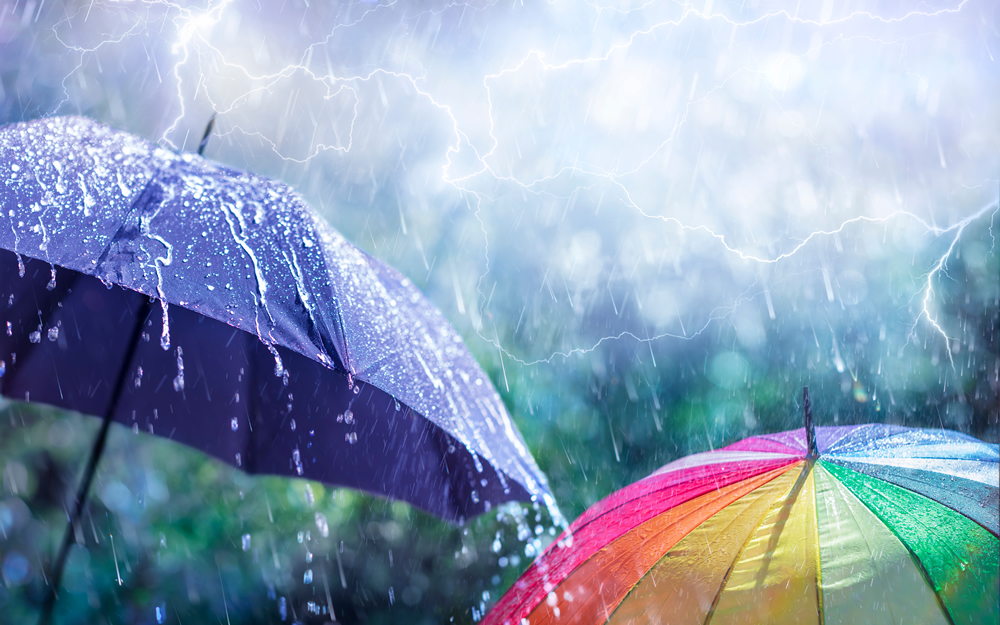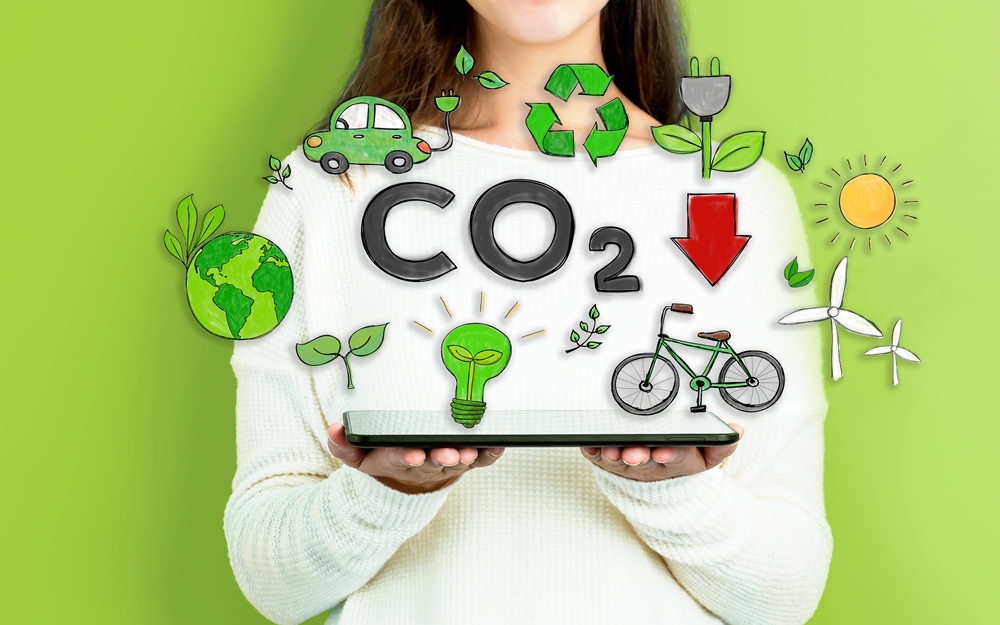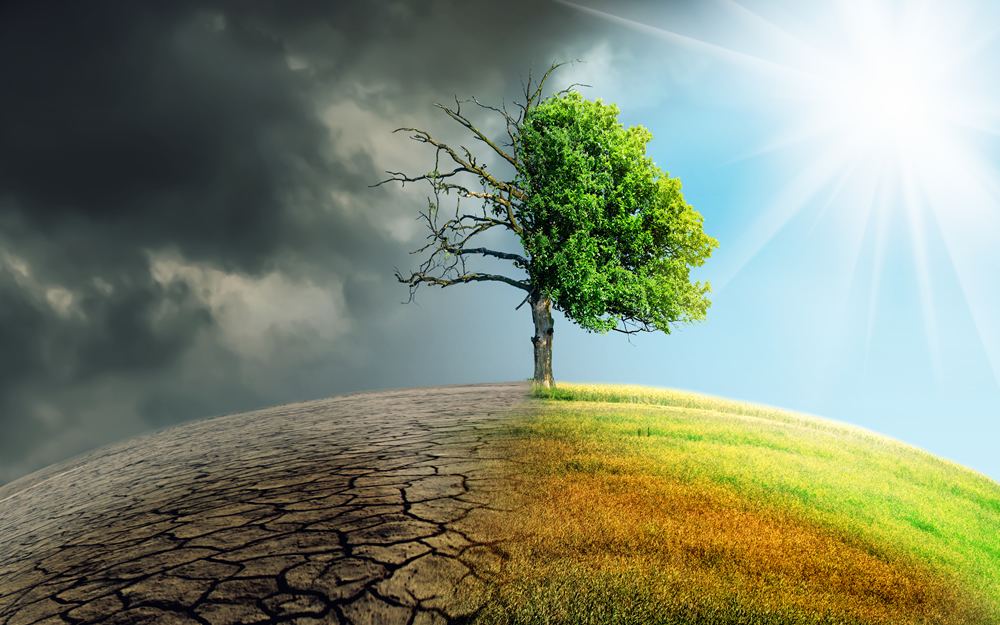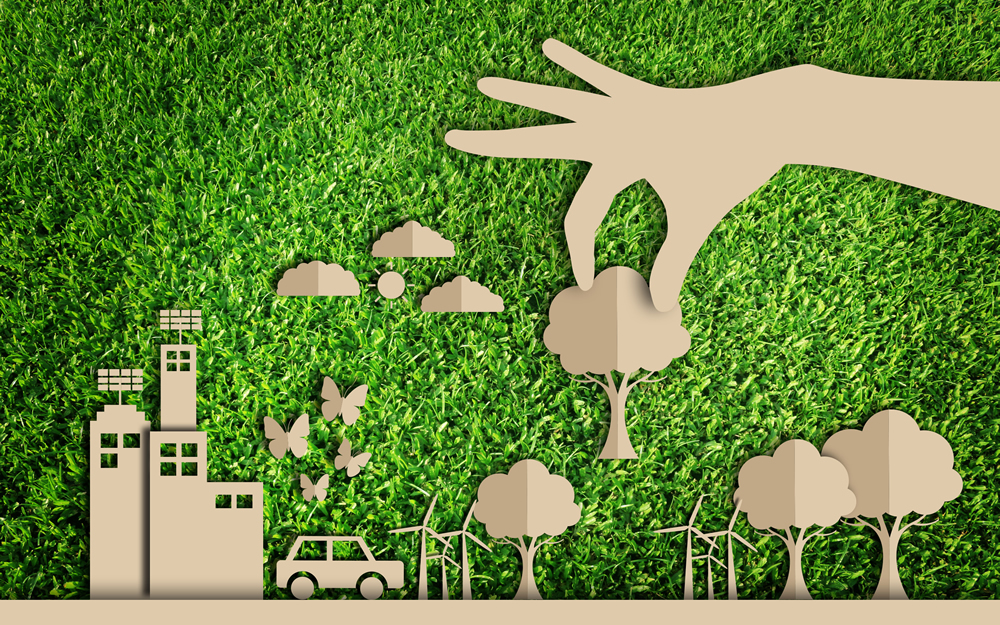- Home /
- Green stories /
- Endangered Animals: the Red List of Threatened Species in Italy and the World
Endangered Animals: the Red List of Threatened Species in Italy and the World
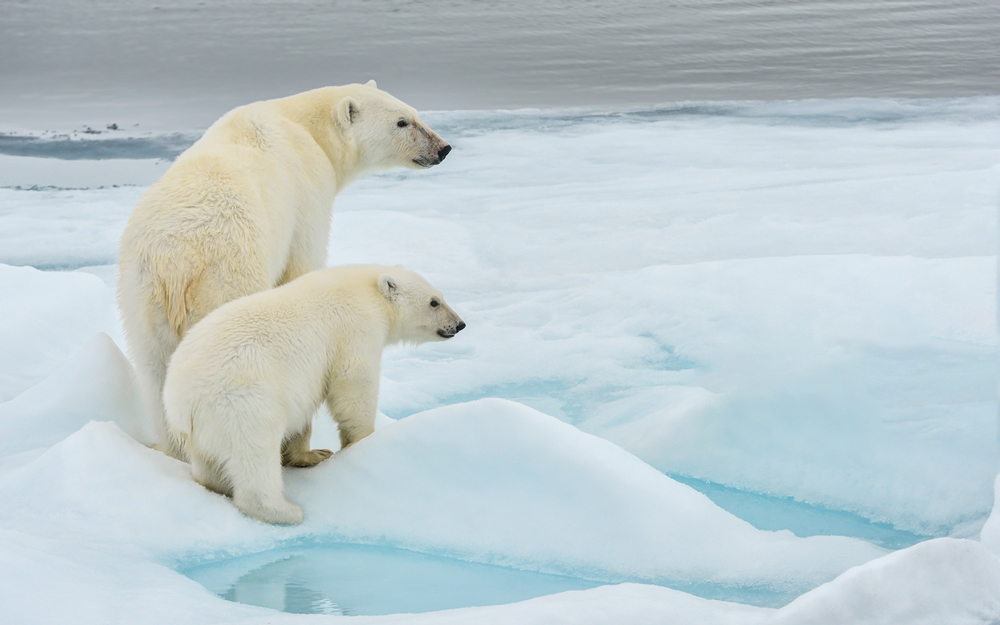
When talking about endangered animals, surely you instantly think of a panda, which has become a symbol for WWF and for the protection of endangered species around the world. Today, even though it is still a “vulnerable” species, the panda is no longer considered “endangered”. But what other animals risk extinction in Italy and around the world, which are the main causes and what can we do to save them? Let’s find out in this article.
The “red list” of endangered species
Did you know that there’s a “red list” of species at risk1. This list, which is produced each year by the International Union for Conservation of Nature (IUCN), is now considered a fundamental tool for conservation policy.
The list identifies species that are “extinct," “extinct in the wild” (that is, still surviving only in captivity, on farms, or outside their area of origin), “critically endangered” (which have a 50% probability of extinction over the next three generations), “endangered,” and “vulnerable.”
What is the main cause of extinction among many living species?
The causes of extinction for many animal species (as well as many species of plants) differ widely.
- The loss and degradation of natural habitats is undoubtedly one of the leading causes. The expansion of cities, intensive agriculture, deforestation, and the recovery of swampy areas, to name a few examples, completely distort habitats, and many species are unable to adapt to change.
- Hunting is another major cause of extinction for many species. Many animals are killed for food and others for display as hunting trophies (think big cats or rhinos), while others are killed accidentally (like dolphins caught in nets).
Does climate change cause animal extinction?
Unfortunately, the answer is yes. A major cause of the extinction of endangered animal species is global warming and pollution. A recent study by the United Nations and the IPCC (Intergovernmental Panel on Climate Change) found that almost 50 per cent of animal and plant species are currently at risk of extinction as a result of climate change.
Species that experience environmental shocks, including those in the earth's extreme regions, struggle to adapt to new environmental conditions; they are often forced to migrate to other latitudes, and may even become extinct. Animal life is directly affected by phenomena we hear about on a daily basis: events such as melting glaciers, rising sea levels, pollution in the Mediterranean, droughts and rising temperatures are all connected.
Sea turtles are among the animals threatened by global warming: the number of male turtles is falling sharply because the sex of the unborn child depends on the temperature of the water after laying eggs.
What animals are in danger of extinction?
Perhaps not everyone knows that there are more than 5,000 species of animals currently on the IUCN Red List that are at risk of disappearing from the face of the earth forever: to get a better idea, consider that this translates into about 26% of mammal species, 41% of amphibians, 14% of birds, and 36% of sharks2. This is an alarming figure, compounded by the fact that there are many animal and plant species that have not yet been assessed by the Organisation.
Of course, it’s impossible to list them all. However, it may be useful to list a few examples of the wonderful creatures that future generations may not get to know.
- Javanese Rhinoceros: Only about 70 specimens remain3.
- Tiger: According to experts, less than 3,000 specimens4 are in the wild, and many subspecies have long since become extinct.
- Amur Leopard: Considered the rarest feline in the world, there seem to be only 103 specimens in the wild5.
- Mountain gorilla: There are only 1,600 specimens left in the wild6.
- Vaquita: of this very rare species of porpoise endemic to the Sea of Cortez, only about 10 specimens remain7.
- Polar bear: the symbol of the climate crisis, there are about 26,000 specimens8 left that could become extinct in a few years.
- Sumatran elephant: according to the latest estimates, the last specimens remaining in the wild would be just over 2,0009.
- Koala: With more than 10,000 specimens dead due to the drought and recent forest fires that have devastated Australia, this species is now in danger of extinction10.
Endangered animals in Italy
Italy's wildlife heritage is one of the richest in the world, owing to the variety of climates in the country. However, Italy is not immune to the risk of extinction: according to Ispra data, there are 161 threatened animal species in Italy, but 6 species have already become extinct.
Among the threatened species in Italy is the Marsican Brown Bear, with only a few dozen specimens left; the main cause of its extinction is the considerable reduction of forest and woodland areas, but also hunting abuse. Other endangered animals in Italy are the Egyptian vulture, the White Partridge, bats, Mediterranean ducks and some species of diurnal butterflies.
Italy boasts a wealth of bodies and institutions aimed at preserving the land. Fortunately, the conservation efforts implemented in Italy's national parks
are succeeding in overturning the fate of many species that were previously considered to be red threatened.Did you know that you can help save endangered animals?
As we’ve seen, the preservation of endangered species depends, above all, on the protection and conservation of their natural habitats.
If you’re wondering what you can do to save endangered animal species, the answer is: a lot!Every day, you can choose to adopt sustainable behaviours. For instance, you can reduce your plastic consumption.
When you go out, take a refillable water bottle with you, and check the Acea Waidy Wow map to find the nearest public fountain and always have fresh water at hand. This way, you can avoid buying bottled water, thus reducing CO2 emissions and contributing to the fight against plastic pollution.
1 Source: The IUCN Red List
2 Source: The IUCN Red List
3 Source: The Jakarta Post
4 Source: WWF
5 Source: Wise Society
6 Source: WWF
7 Source: Lifegate
8 Source: WWF
9 Source: >Wise Society
10 Source: WWF
11 Source: Ohga




